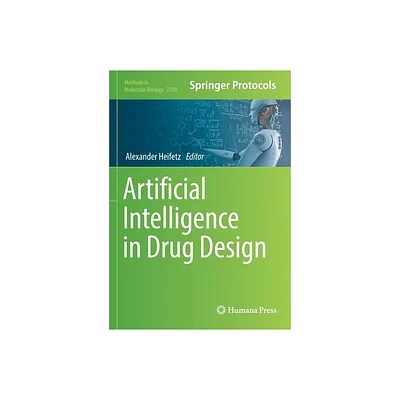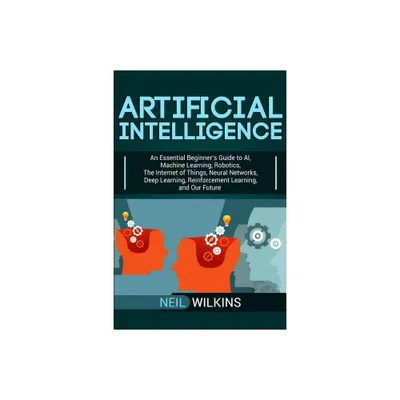Home
Artificial Intelligence for Biology and Agriculture
Loading Inventory...
Barnes and Noble
Artificial Intelligence for Biology and Agriculture
Current price: $169.99


Barnes and Noble
Artificial Intelligence for Biology and Agriculture
Current price: $169.99
Loading Inventory...
Size: OS
*Product Information may vary - to confirm product availability, pricing, and additional information please contact Barnes and Noble
This volume contains a total of thirteen papers covering a variety of AI topics ranging from computer vision and robotics to intelligent modeling, neural networks and fuzzy logic. There are two general articles on robotics and fuzzy logic. The article on robotics focuses on the application of robotics technology in plant production. The second article on fuzzy logic provides a general overview of the basics of fuzzy logic and a typical agricultural application of fuzzy logic. The article 'End effectors for tomato harvesting' enhances further the robotic research as applied to tomato harvesting. The application of computer vision techniques for different biological/agricultural applications, for example, length determination of cheese threads, recognition of plankton images and morphological identification of cotton fibers, depicts the complexity and heterogeneities of the problems and their solutions. The development of a real-time orange grading system in the article 'Video grading of oranges in real-time' further reports the capability of computer vision technology to meet the demand of high quality food products. The integration of neural network technology with computer vision and fuzzy logic for defect detection in eggs and identification of lettuce growth shows the power of hybridization of AI technologies to solve agricultural problems. Additional papers also focus on automated modeling of physiological processes during postharvest distribution of agricultural products, the applications of neural networks, fusion of AI technologies and three dimensional computer vision technologies for different problems ranging from botanical identification and cell migration analysis to food microstructure evaluation.


















